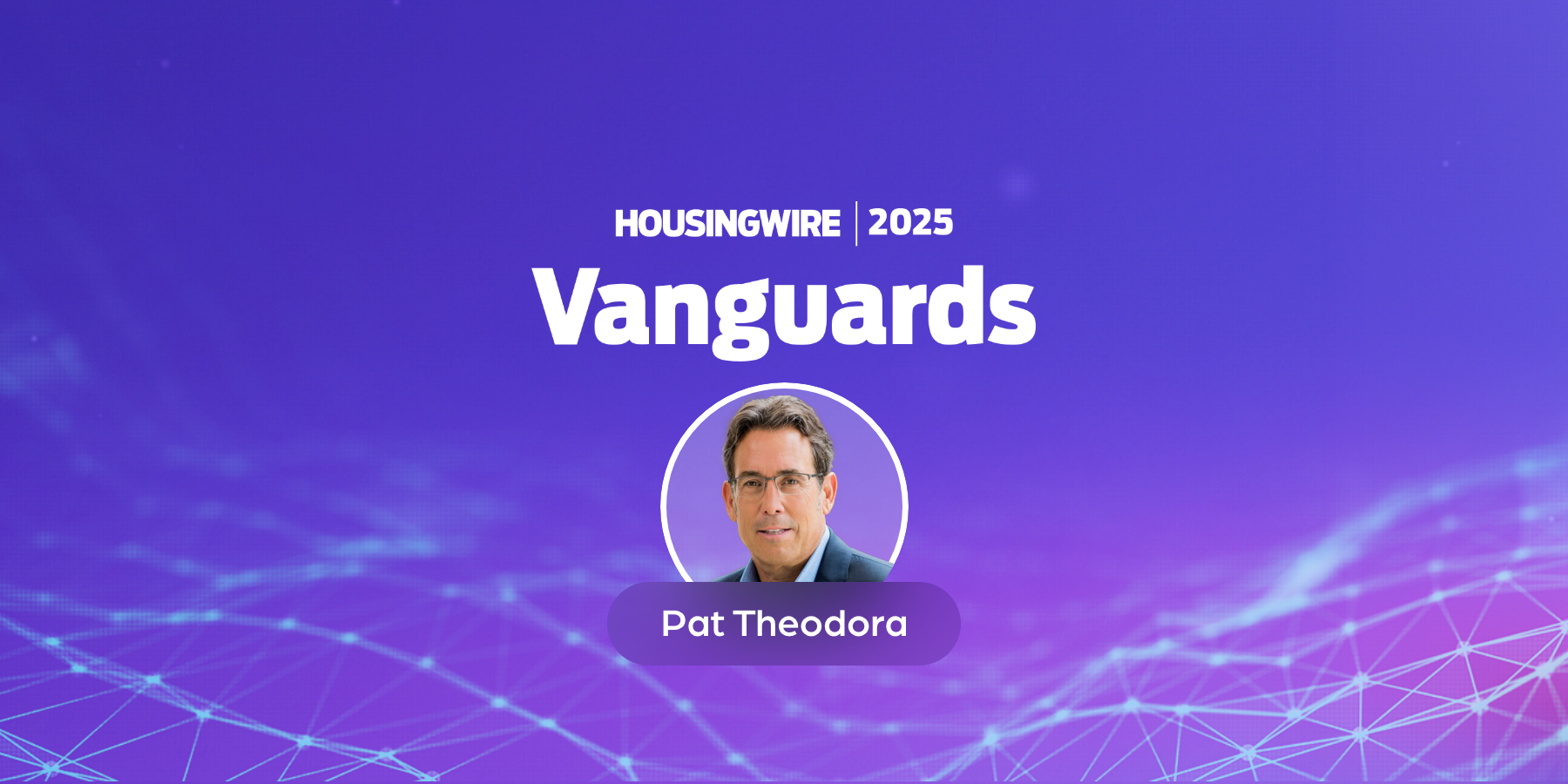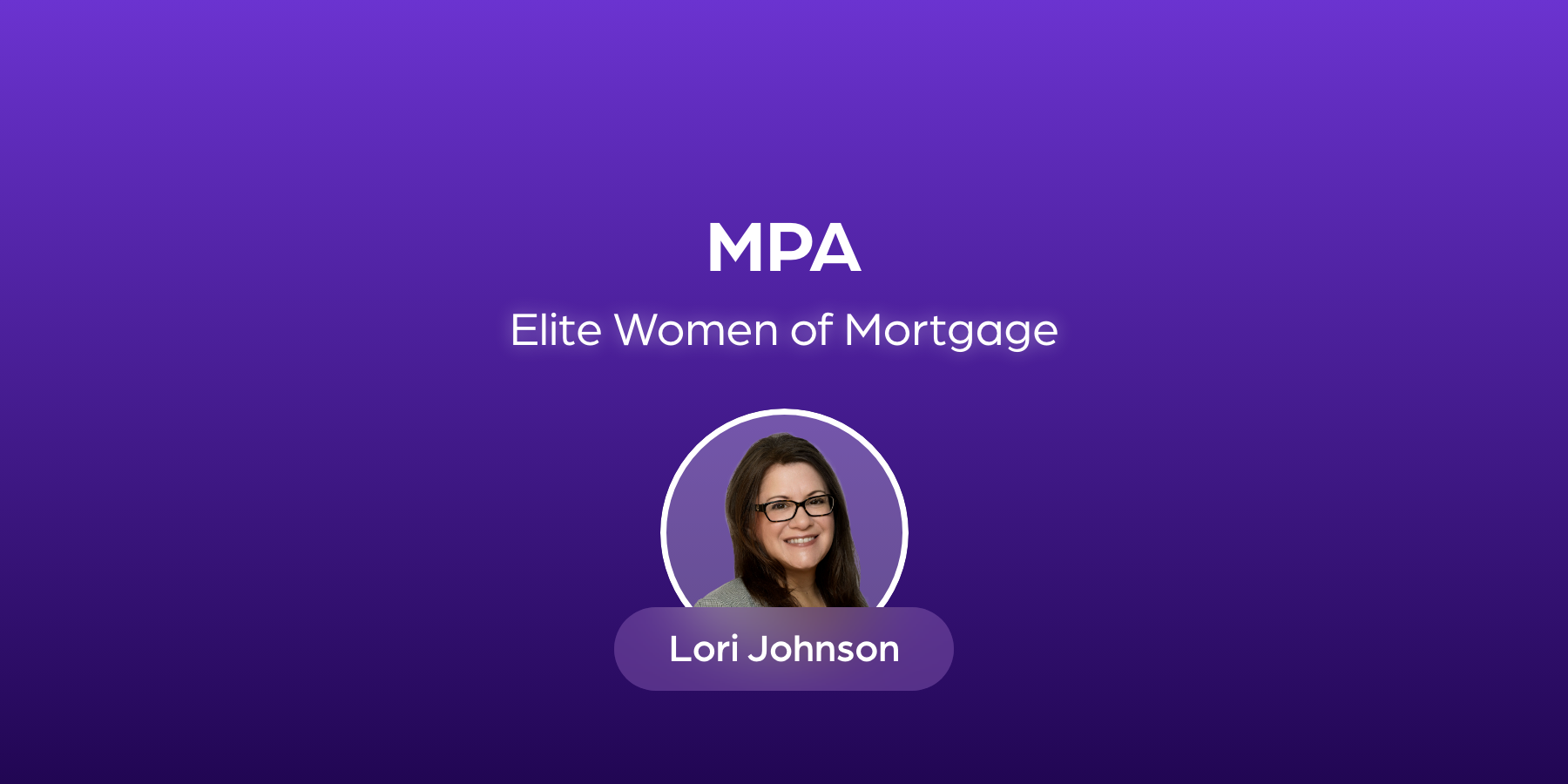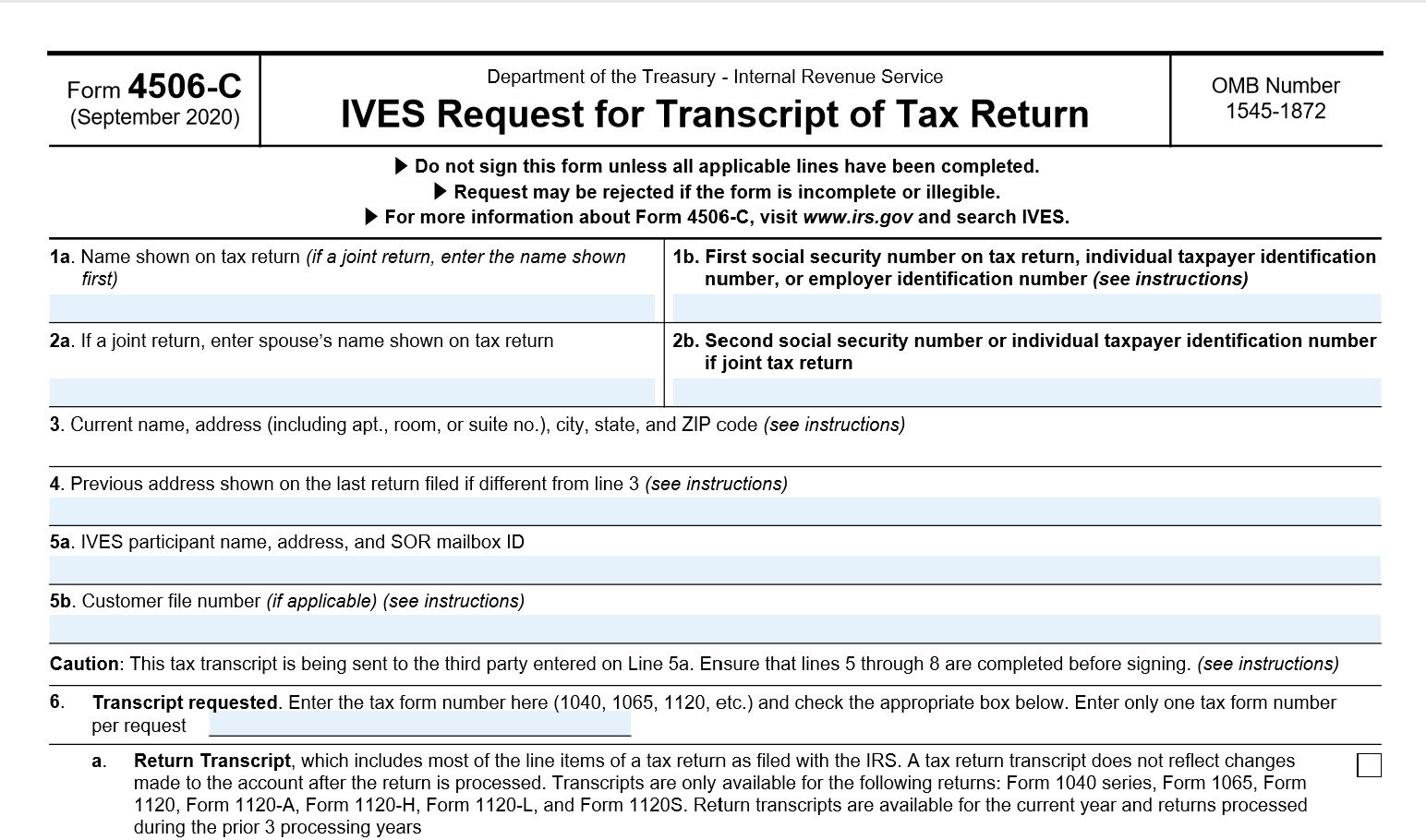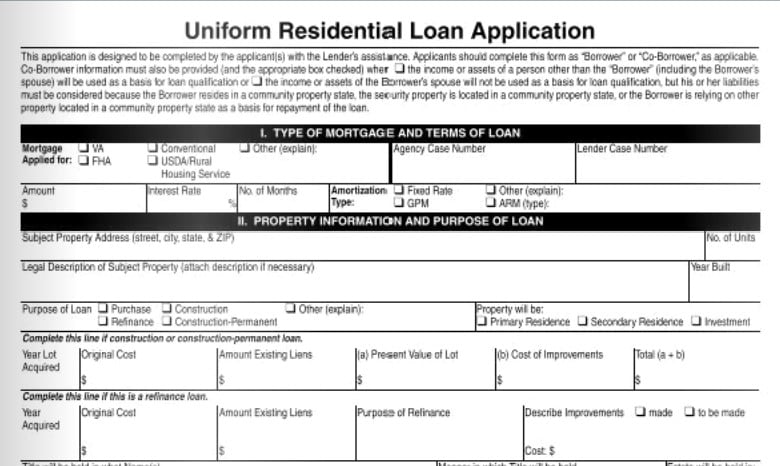Your Voice: Going “E” from End to End
 By Tim Anderson
By Tim Anderson
If you’re looking to go electronic, starting with a point solution only works with a good road map. Here’s why:
For years a core group of us has been telling the industry that it’s time to get the paper out of our systems. We’ve performed studies that show paper is more expensive, that it takes more time to process, is usually missing pages or signatures, or gets lost. It took the foreclosure crisis to really bring home to the industry the negative implications of lost or incomplete documents. After billions of dollars in settlements to federal regulators and attorneys general, it looks like our industry is finally ready to say goodbye to paper forever, or at least a majority of it.
Anyone who has yet to be convinced will get all the persuasion they need when the Consumer Financial Protection Bureau implements the Three Business Day Rule for mortgage loan closings. When lenders and their closing agents are forced to deliver a correct settlement statement to the borrower three days before closing, they’ll learn just how difficult it will be to get everything right and on time in a paper world. Taking their businesses fully electronic will be the only way to ensure compliance.
The good news is that the vast majority of lenders are already moving in that direction. In January, the industry got a boost when the IRS announced that it would finally be accepting electronically signed documents for the ordering of 4506-T tax transcript orders. The FHA, one of the very few remaining federal government holdouts, is expected to follow suit later this year.
The worry now is how lenders will go about making that important transition.
Pushing the point solution. For much of the past decade or so, electronic lending advocates like myself have been urging lenders to quit worrying about their entire enterprise and just pick a process and take it electronic. By taking out the paper in a piecemeal fashion, lenders would be at least moving in the right direction and selling themselves on the benefits of paperless lending in the process. That tactic worked for a number of reasons.
First, it was cheap. When it comes to technology systems, it always costs less, in the short run, to isolate your systems and concentrate on one process. Without the need to worry about the interconnections between various systems, technologists can create workable solutions more quickly. But if we’ve learned anything from the foreclosure process, it’s that there are no truly unconnected systems in our business. Or at least there shouldn’t be.
The good news was that the lower price tag enticed more lenders to take a step into the paperless world and that was a good thing in the long run.
Second, if you kept the project focused and small enough, it didn’t take long to configure and test a solution. For many of these same reasons, technologists could finalize their work faster on isolated processes, giving lenders successful pilots more quickly. In the end, a successful test is the only way to convince an executive to move more deeply into a solution.
The biggest reason that partial solutions were beneficial in the early days is that by getting lenders to experience their business without paper, the benefits that researchers promised proved to be real. It became clear to the industry that it really did make sense to do everything electronically.
This prompted more lenders to take another step into the digital world, and another one after that. Because the industry was under no real pressure to make this shift work, many lenders gently made the transition to fully electronic systems and are today enjoying the benefits.
The days of no pressure are over. Any lender that hasn’t already waded into the ePool had better be ready to jump. With immense regulatory pressure looming, the old method of just doing something is no longer sufficient. Now, we need a new tack and approach.
The recent news about the IRS decision is an example of this. With all the buzz around this news, we’re already hearing from lenders who are interested in a point solution that will allow them to take advantage of this decision for doing business with the IRS. This makes sense because this is front and center in the news, but since these lenders are not considering how this decision impacts the rest of their business, it’s short sighted.
The 4506-T is just one document and while it makes good sense to make the ordering, accepting, processing, filing and storing that document all electronic, what about all the other documents? The e-signature part of this solution can and should be applied elsewhere in the enterprise. When it is extended, it should be done the same way. If it’s good enough for the goose, it’s good for the gander as well.
Seeking a paperless map. Electronic signatures are more than a digital picture of a signature; they are a process, a ceremony. E-sign is a legal process that includes proof that the borrower actually viewed every document, whether there’s a signature or not. Auditors will demand to know if the borrower actually viewed every document. There are also requirements around whether the signature is embedded or an overlay. There are other requirements around how the lender provides the tamper evident seal. Investors have a lot to say about what is actually involved.
Providing a common and consistent eSigning experience. These processes can vary by vendor, but using different types of e-sign technology across an enterprise can cause problems with investors, to say nothing of confusing borrowers and degrading the consumer’s experience. Remember, from the consumer’s perspective, there are many other documents they would like to sign electronically. If the lender hopes to get consumer adoption, the same tools should be used across the entire process and borrowers should not be asked to sign some documents electronically and others traditionally.
Lenders no longer have the luxury of gently moving into the paperless world. They need to get in soon and they need to take their entire lending process with them. That means that institutions will be seeking solutions that will get all of the paper out. Lacking that, they will seek out partial solutions that already carry within them the map for the future steps that will get them fully electronic.
The very best way to ensure that is to work with a vendor who can take you down that road as fast and as far as you want to go, but in no case slower than the government requires. Choosing a vendor that can only provide a point or piecemeal solution, without a plan for getting to the next step, will put the institution at risk.
An “e”nterprise solution, from application, to closing, to servicing. A good RFP will go a long way toward separating those players who cannot provide a complete solution from those that can.
It will also reveal which vendors understand the nuances—from application all the way to closing and loss mitigation—that could impact the lender’s ability to comply with investor and regulatory guidelines. Moving into electronic lending is no longer a simple, cheap or fast implementation. Like everything else in this business, it requires careful consideration.
--
Tim Anderson, an industry leader with over 30 years of experience, is a well-known advocate of electronic commerce and eMortgages who serves as the head of DocMagic’s eServices Division. He is a current member of the Residential Technology Committee (ResTech) and MISMO eMortgage Workgroup. He was the original founder of the eMortgage Alliance, which promoted MISMO standards for delivering legal paperless processes. He can be reached at tim@docmagic.com.
Let us digitally transform your mortgage process for increased efficiency and ROI. See how by scheduling a demo today.
Topics from this blog: eClosing Compliance Industry Publications
BackSearch the Blog
- Recent
- Popular
- Topics










List By Topic
- Compliance (100)
- eClosing (84)
- eSign (71)
- Awards (69)
- Integrations (57)
- Industry Publications (52)
- Total eClose (43)
- eNotes (33)
- Remote Online Notarization (31)
- Document Generation (30)
- eDisclosures (25)
- GSEs (18)
- eVault (18)
- eNotary (16)
- SmartCLOSE (13)
- LoanMagic (12)
- eDelivery (11)
- Philanthropy (8)
- Partnerships (7)
- AutoPrep (3)
- Industry Insight (1)
Subscribe Here
Download the Truliant Federal Credit Union Case Study
Truliant took several key steps to refine its 100% digital eClosing process — including finding the right technology partner.
